This page contains a collection of citations and links to published and unpublished studies using Six Seconds’ methodologies, assessments, and/or curricula. We will be updating regularly, so if you have articles or publications using the Six Seconds model, processes, or tools, please contact me at[email protected]
Publications highlighting the SEI and SEI-YV Assessments
Fatum, B (2008). The relationship between emotional intelligence and academic achievement in elementary-school children. Doctoral dissertation. [preview on Google Books]
Fiedeldey-Van Dijk, C., & Freedman, J. (2007). Differentiating emotional intelligence in leadership.Journal of Leadership Studies (JLS), 1(2), 8–20. doi: 10.1002/jls.20012[Download full text asauthors’ pre-production version] [cited by]
Stillman, S. B., & DeVoss, J.A. (2012). Developing EQ-competent school counselors for the pro-social classroom.In P.M. Brown, M.W. Corrigan, & A. Higgins-D’Alessandro (Eds.),The handbook of prosocial education(pp.xxx). Lanham, MD: Rowman & Littlefield.
Publications highlighting the Six Seconds Model or the Self-Science Process
Fatum, B., & Stillman, S. B. (2012). Technology, healthy classrooms, and emotional intelligence.TechEdge, (1). Retrieved fromhttp://www.nxtbook.com/nxtbooks/naylor/TEAQ0112/index.php#/12
Freedman, J. (2003). Key lessons from 35 years of social-emotional education: How Self-Science builds self-awareness, positive relationships, and healthy decision-making.Perspectives in Education,21(4), 83-85. [Download full text asauthor’s pre-production version] [cited by]
Freedman, J (2004, Spring). Effective social-emotional education: Self-Science practices to promote emotional intelligence.Education International Journal.
Jensen, A (2003, Winter). Reflections on the application of the Self-Science program from the perspective of students, parents, and teachers.Perspectives in Education. [Download full text asauthor’s pre-production version]
Kearney, A. (2011).Action research using Six Seconds’ Self-Science Curriculum in a third grade classroom .Six Seconds.//www.my-pmu.com/2011/10/16/eq-academic-achievement/
McCown, K (2003). From theory to practice: A personal history of Self-Science: Conversations.Perspectives in Education, 21(4), 69-80. [Abstract]
McCown, K, Jensen, A, & Freedman, J (2007): The Self-Science approach to social-emotional learning. In In R. Bar-On, J.G. Maree, & M.J. Elias, (Eds.),Educating People to Be Emotionally Intelligent.Westport, CT: Greenwood Press. [Preview on Google Books]
McCown, K., Jensen, A. L., Freedman, J. M., & Rideout, M. C. (2010).Self-Science: Getting started with social emotional learning(3rd. ed.). San Mateo, CA: Six Seconds.
Shaw, M., Stillman, S. B., Cicero, G., Cross, D., & Lessard, D. (2010). Multimodal communication: A case study of organizational discourse and one-to-one mentoring at an online university. In U. Demiray, G. Kurubacak, & T. V. Yuzer (Eds.),Meta-Communication for Reflective Online Conversations. Hersey, PA: IGI Global.
Othercitationsof Self-Science









